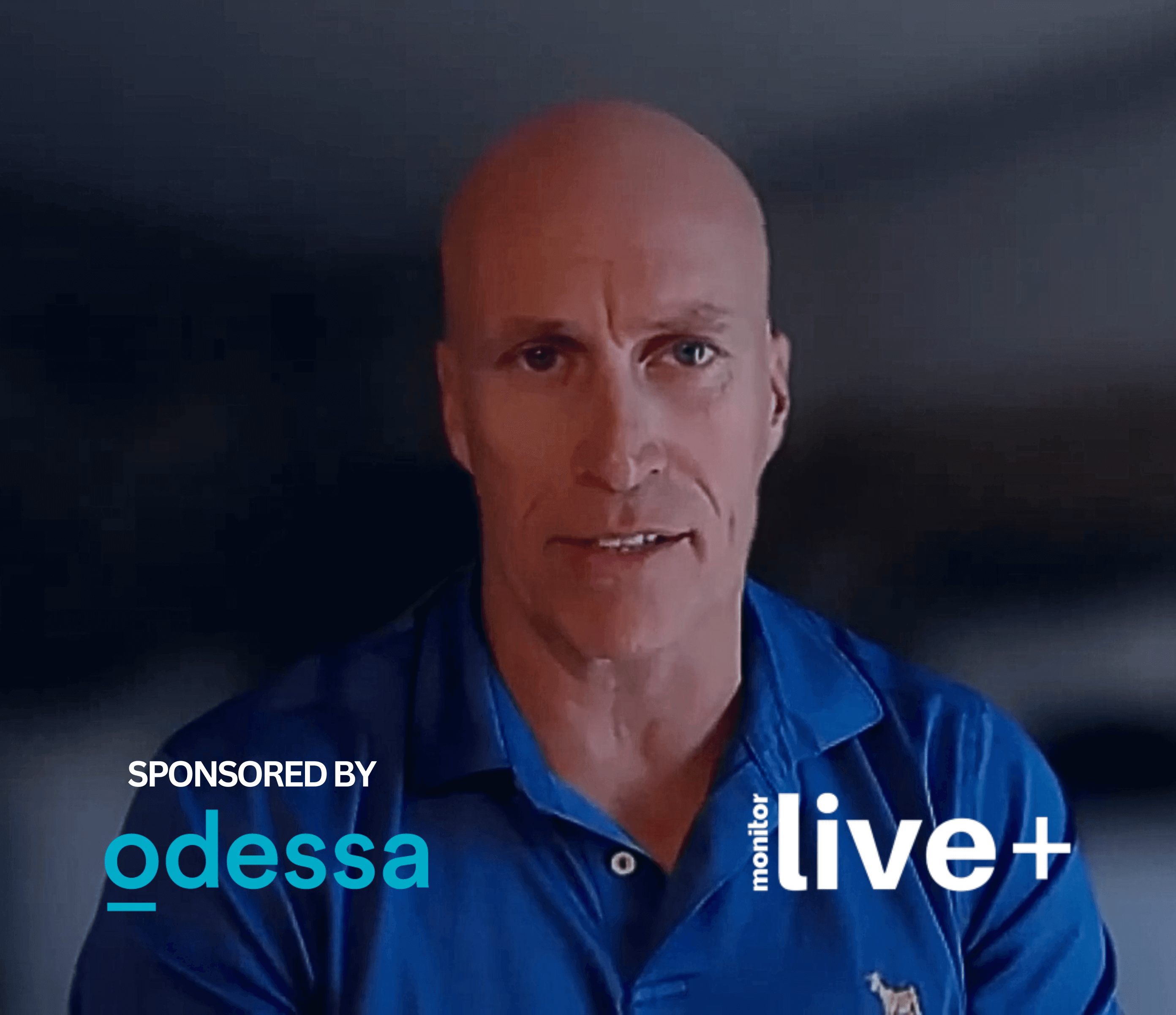XaaS (everything-as-a-service) is a rapidly growing business model that many asset finance and equipment leasing companies have adopted to help create a competitive advantage. It enables you to deliver flexibility, convenience, and affordability to your customers, while your business enjoys financial predictability, new revenue streams, and enhanced customer relationships.
Implementing as-a-service and pay-per-use models is challenging. It shakes up various aspects of your business, including sales, operations, finance, risk management, and technology. More importantly, it requires a fundamental shift from the traditional way of doing business.
That is why we brought together a panel of early adopters and experienced practitioners to help demystify as-a-service models in asset finance. The webinar, hosted in collaboration with Monitor Daily, saw the panelists offer a wealth of knowledge and practical advice.
Whether you are just starting or well into your journey, you will benefit from the hands-on expertise and insights shared by early adopters like Ben Speed, Vice President of Private Credit and Global Structured Finance, who successfully implemented pay-for-performance models at Johnson Controls Capital. Industry experts like Michael Donnary, Senior Director of Banking and Diversified Financials at Capgemini and Yann Toutant, CEO and co-founder of Black Winch, who have helped many organizations navigate their XaaS journeys, bring a fresh perspective on overcoming common challenges. John Pearce, Senior VP of XaaS at Odessa, guided the conversation, discussing strategies and best practices.
Watch the recording of the webinar.

Below are our top three takeaways from the webinar, including valuable insights on what asset finance and leasing companies need to get started with as-a-service models.
Takeaway #1 - XaaS Requires a Technology Leapfrog
The webinar's highlight came courtesy of Michael, who asserted that in today's rapidly changing business landscape, companies will inevitably reach a point where technological changes are no longer an option, but a necessity.
“These new models require a new approach to doing business, revamped processes, and a unique understanding of customer's needs. Tailgating on existing legacy systems, workflows, and processes will hinder your ability to operationalize your strategic vision and scale your program,” explained Michael.
The panelists collectively agreed that legacy technologies were inherently never designed to cater to the highly modular, flexible, and agile demands of these new digital business models.
“To succeed with XaaS, you need versatile capabilities: backend systems that can gather data from diverse sources for flexible billing, the ability to make changes corresponding to market dynamics without operational disruption, and an API-first approach to seamlessly integrate with the broader business ecosystem. Legacy technologies cannot deliver these capabilities,” Michael explained.
But here is the caveat.
A technological overhaul is easier said than done. It demands significant capital and a convincing ROI case to sway the business and stakeholders. Plus, as webinar participants highlighted, many companies are still hunting for the right business fit. So, how can XaaS champions demonstrate ROI while mitigating risks, without a program launch?
Ben suggested a tried and tested solution for that.
Takeaway #2 - Simplify, Streamline, Succeed, Then Scale
At Johnson Controls, Ben started his program with a small pilot.
In traditional sales models, success hinges on adaptability to meet customer demands. However, when beginning with subscription models, this approach can lead to complexities that can spiral out of control very soon.
“Choose one or two offerings that have the greatest impact on your customer experience to begin with. Too many options will lead to multiple contract structures and formats that will confuse both your customer and your sales teams,” warns Ben.
The thought resonated with both Michael and Yann who added that starting small enables you to take calculated risks, identify relevant metrics to measure the impact and success of your program, and bring in enough data to quantify ROI and build a solid business case. You can identify and address problem areas early on, which eventually leads to improved chances of success.
“Once you have established that the technology works and customers need it, automating key business processes, replicating best practices, and scaling your program to other use cases become easier,” adds Ben.
Yet, in an in-webinar poll, 22% of participants highlighted a more fundamental hurdle. When questioned about their primary challenges in adopting an as-a-service strategy, many pondered the initial step: How do they determine which business use cases to prioritize?
The solution, as Yann aptly puts it, resides in plain sight.
Takeaway #3 - Never Lose Focus on Customer Value
“A fundamental question that frequently comes up is: How do you know there's a market for your product or service?” Yann says. “The answer, quite simply, is that you wouldn't know for sure unless you engage with the most crucial stakeholder of all—the customer,” he explained.
No matter how innovative or well-intentioned your offering may be, its true value can only be ascertained through direct interaction with the people it is designed to serve.
small is often the most prudent course of action. Engaging with a select group of early adopters, a small subset of your target audience, can provide invaluable insights into the market's reception of your product or service.
Technology partners like Odessa facilitate this through a lean, agile, and MVP-led (Minimum Viable Product) approach to implementation. The ability to rapidly prototype and gather feedback early in the project allows you to finetune your product based on real-world responses and significantly reduce your go-to-market time.
“By involving your customers from the outset, you not only validate your concept but also build trust and credibility. Demonstrating a genuine commitment to delivering value resonates with customers and sets a solid foundation for long-term success. In the end, it is not just about creating something innovative; it is about ensuring that what you deliver holds value for the people you aim to serve,” says Yann.
Conclusion: The Right Platform and Technology Partner Make It Easier
The message is clear: Subscription-based or pay-per-use models are a game-changer that demands a strategic approach. It is not just about adopting a new business model; it is about redefining your processes and understanding your customers' needs. It is a journey that requires agility, a willingness to embrace change, and a focus on delivering customer value.
Selecting the right technology platform and a partner who can deliver on their promises is critical. Visionary solution providers like Odessa offer more than 25 years of expertise in guiding global asset finance organizations through their business complexities and elevating customer service to new heights.
Odessa's industry-proven XaaS solutions have been instrumental in numerous successful projects and have been consistently delivering outstanding value, including the transformation at Johnson Controls.
Learn more about Odessa's innovative pay-per-use and subscription models.
Learn why companies trust Odessa to help deliver great stakeholder experiences.
Let’s Talk


